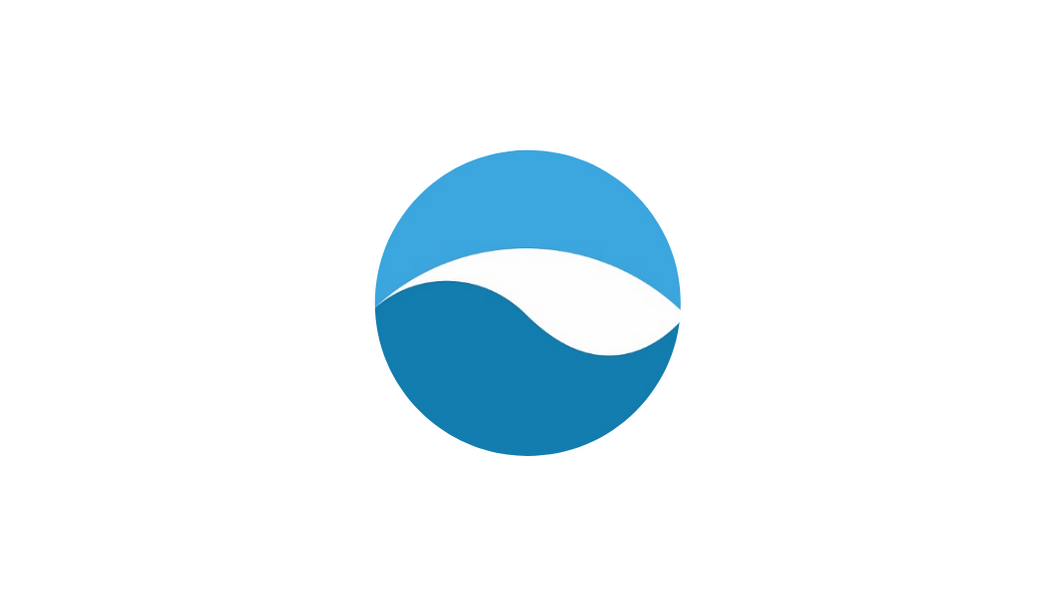When you watch a busy surf spot for the very first time it can seem pretty unorganised. But despite its appearance, there is an order in the chaos and rules apply in a similar way to road traffic.
In the same way one car has priority over another when approaching an intersection there is priority rules and rules of etiquette in the water.
So, what are these rules?
The surfer on the wave always has priority
When you paddle back out again after you’ve caught a wave, do not paddle right through the middle of the line-up where you might interfere with other surfers. Instead try to paddle around it, or via the channels, to give space to those surfing. However this doesn’t mean that it’s ok to run someone over when they’re in your way. Always look out for each other.
Who expects the longest ride?
When two surfers paddle for the same wave there is a need to clarify who has priority and is therefor allowed to ride the wave. As a general rule you can remember that whoever expects the longest ride has priority. Usually this is the surfer closest to the curl (breaking part of the wave).
Do not drop in
When a surfer in a non-priority position catches a wave while the surfer in priority (closest to the curl) is already riding the wave we speak of a “drop-in”. This is regarded as rude behaviour and usually won’t be tolerated when it happens multiple times. Always give way to those surfers riding the wave. This can be very difficult for novice surfers since there is already a lot going on without considering other surfers. A good way to learn is to watch the dynamic in the line-up from the beach first and then witness it as an observer in the water before participating for the first time.
Do not snake
Usually a line-up works like a queue in a supermarket. The surfer in priority catches a wave and returns to the end of the queue after paddling back out. In the meanwhile the other surfers moved closer towards the peak (where the wave starts breaking) and the next surfer is waiting in priority on order to catch a wave. That way everybody gets his/her fair share of waves. Unfortunately many line-ups don’t work this way and the most common misbehaviour besides drop-ins is “snaking”. This is when a surfer who is not in a priority position paddles around another surfer in order to gain priority. This is most common at very busy spots and happens mainly when a set of waves is approaching and everyone starts moving. In the same way as dropping-in this is considered a rude behaviour and most people will get angry when they find that someone keeps stealing a wave that was meant to be theirs.
Communication
All these rules and guidelines don’t replace talking to each other. There is a lot of situation where priority is not clear and difficult to assess. This is why you will hear people talking to each other and you will hear questions like “are you going ?” or “do you go left?”. Communication is key and adds to a relaxed atmosphere in the water.
Show respect
Always have respect for others and the environment. Especially if you’re new to a spot don’t paddle straight into the priority position. Rather sit next to the waiting group, say hi and show that you’re here to have fun and not trying to create an aggressive atmosphere by paddling straight past everyone. Surfing has already enough of those people, try to be a positive influence. Besides that help to keep the beach clean and respect protected areas such as dune rehabilitation areas.















